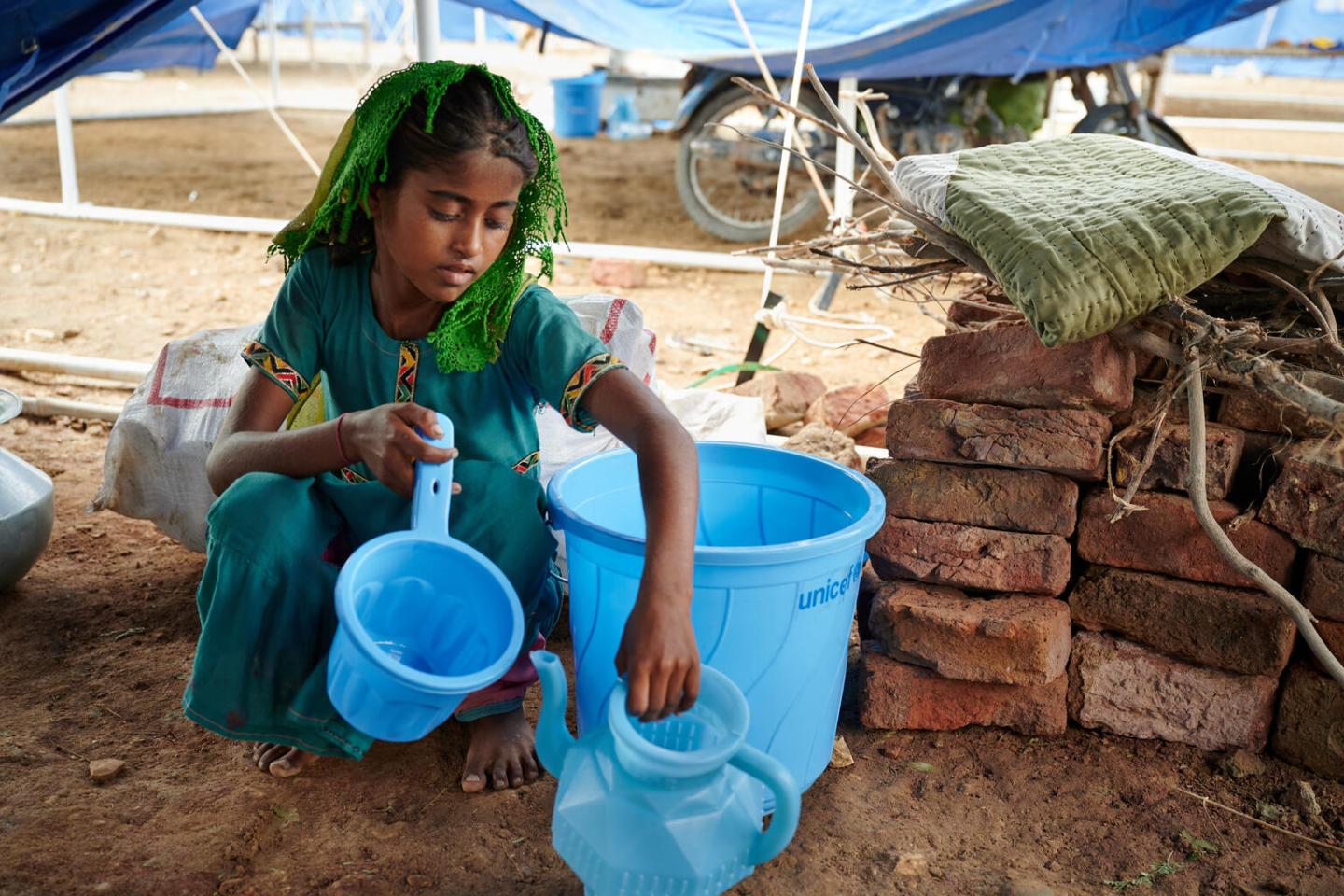Trigger Warning: This article discusses the UNICEF-WHO report on water and sanitation crisis and mentions sexual harassment.
Women and girls are responsible for fetching water in 7 out of 10 houses without supplies on-premises, according to the first in-depth analysis of gender inequalities in drinking water, sanitation, and hygiene (WASH) in households. “Every step a girl takes to collect water is a step away from learning, play, and safety,” said Cecilia Sharp, UNICEF Director of WASH and CEED.
The report titled ‘Progress on household drinking water, sanitation and Hygiene 2000-2022: Special Focus on Gender‘ pointed out that women are predominantly responsible for collecting water for households, with girls being almost twice as likely as boys to bear this responsibility. Additionally, the report acknowledges that women and girls are more prone to experiencing feelings of insecurity when using toilets located outside of their homes.
The report titled ‘Progress on household drinking water, sanitation and Hygiene 2000-2022: Special Focus on Gender‘ pointed out that women are predominantly responsible for collecting water for households, with girls being almost twice as likely as boys to bear this responsibility. Furthermore, girls dedicate more time each day to fulfilling this duty. Additionally, the report acknowledges that women and girls are more prone to experiencing feelings of insecurity when using toilets located outside of their homes.
Moreover, they are disproportionately affected by the consequences of inadequate hygiene. The report additionally indicates that a significant number of individuals, exceeding half a billion, continue to utilise shared sanitation facilities with other households, thereby compromising the privacy, dignity, and safety of women and girls.
Gendered division in WASH facility
Gender inequalities remain a pressing issue regarding Water, Sanitation, and Hygiene (WASH) facilities. Despite efforts to address this issue, disparities between genders persist, creating barriers and hindering access to these essential services.
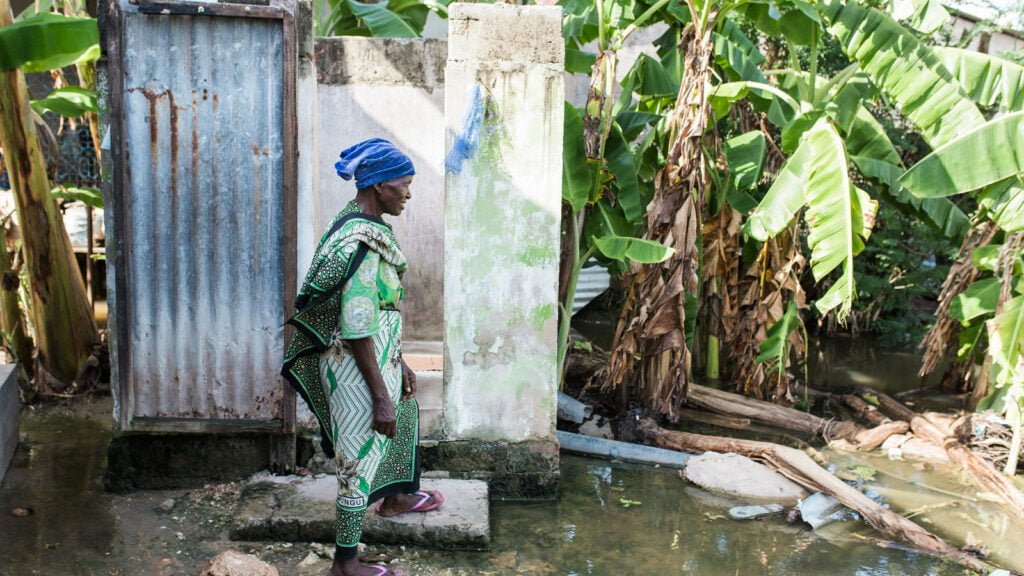
The report revealed that a staggering number of over half a billion individuals continue to rely on shared sanitation facilities with other households. This challenging reality significantly threatens women and girls’ privacy, dignity, and security. A recent analysis of survey data collected from 22 countries has shed light on a concerning issue faced by women and girls who utilise shared toilets.
The findings reveal that women and girls are more prone to experiencing feelings of insecurity when walking alone at night and being exposed to elevated risks of sexual harassment and other safety-related challenges.
It is vital to address the issue of insufficient WASH services as it poses health hazards and specifically affects the health of women and girls. The lack of proper facilities restricts their ability to safely and privately manage their menstrual cycles. A recent study encompassing 51 countries has also revealed that women and adolescent girls from the most impoverished households face the most significant challenges when accessing a private space for washing and changing. The findings shed light on a disparity within these communities, highlighting the urgent need for targeted interventions and support.
Gendered division in fetching water
The report highlights the significant gender disparity in water fetching, with girls being almost twice as likely as boys to do so. The report also highlights that 1.8 billion people worldwide live in households without access to water supplies, with women and girls aged 15 and above with the primary responsibility.
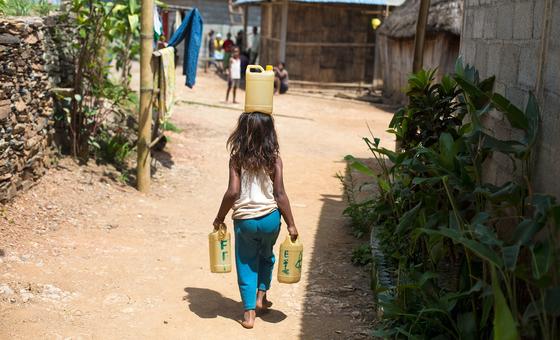
Girls under 15 are more likely to fetch water, with 75% engaging in this task compared to 4% of boys. Fetching water sometimes leads to longer journeys, loss of time for education, employment, and recreational activities, and exposure to potential physical harm and hazards to girls and women. The report also highlights that over 500 million individuals continue to use shared sanitation facilities, undermining women and girls’ privacy, dignity, and security.
These responsibilities often lead to extended journeys for women and girls, resulting in a loss of time for education, employment, recreational pursuits, and exposure to physical hazards. The report highlights the need for increased awareness and action to address the gender disparity in water fetching and sanitation facilities.
The road ahead: Achieving sustainable development goals
A report titled Gender Equality in the 2030 Agenda: Gender-responsive Water and Sanitation Systems published in 2018 linked SDG-5 (Gender equality and women’s empowerment) and SDG-6 (Water and Sanitation), pointing out that WASH interventions must address gender-specific needs and barriers, focusing on ending discrimination, eliminating violence, recognising unpaid care and domestic work, strengthening women’s participation in WASH management, and ensuring equal access to resources. SDG5 targets include addressing gender power imbalances, eliminating violence, recognising unpaid care and domestic work, and ensuring equal rights to economic resources. By addressing these issues, WASH interventions can create synergies and improve the lives of women and girls.
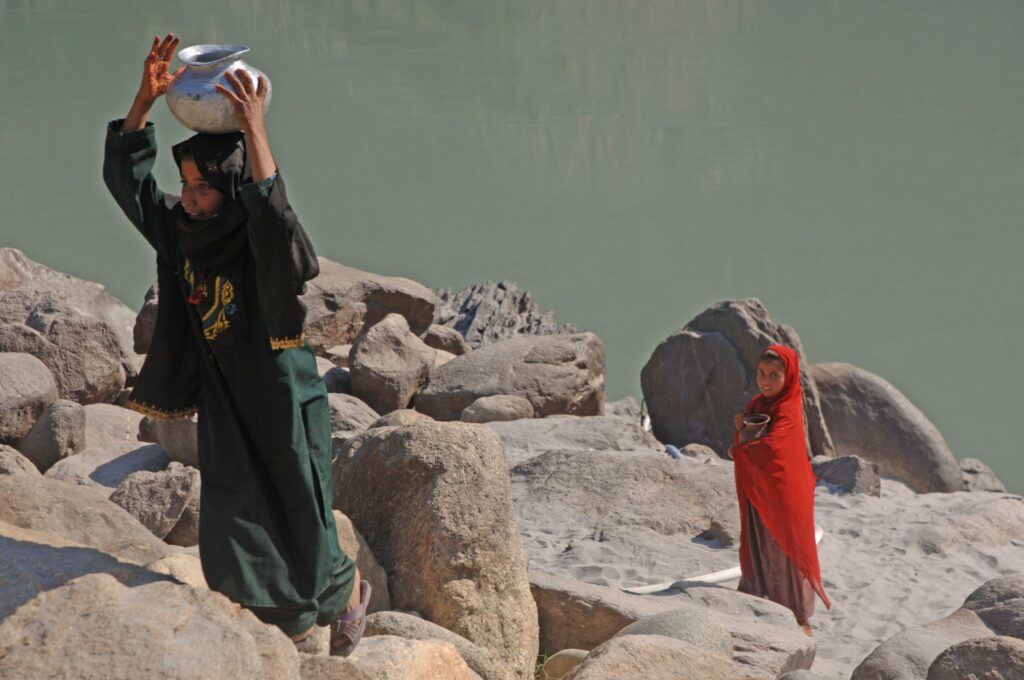
However, the recent report emphasises significant progress in achieving universal access to Water, Sanitation, and Hygiene (WASH) services, recognising notable advancements in this crucial domain. Throughout seven years, specifically from 2015 to 2022, there has been a significant enhancement in household accessibility to fundamental services about water, sanitation, and hygiene. These services are paramount in preserving a well-balanced and ecologically sound habitat. Access to safely managed drinking water is a crucial aspect of societal advancement.
During the last seven years, there has been an increase in the proportion of households with access to these water sources, rising from 69% to 73%; this implies that an increased number of households now possess the means to obtain potable water free from contaminants, thereby playing a crucial role in promoting their welfare and overall physical condition. Likewise, there has been a notable enhancement in the accessibility of sanitation facilities effectively managed to ensure safety.
The proportion of households that have gained access to these amenities has experienced an increase from 49% to 57%. The observed positive trend signifies an increase in the number of households that possess adequate sanitation infrastructure. Such systems are crucial in mitigating the transmission of diseases and upholding hygienic standards within living surroundings.
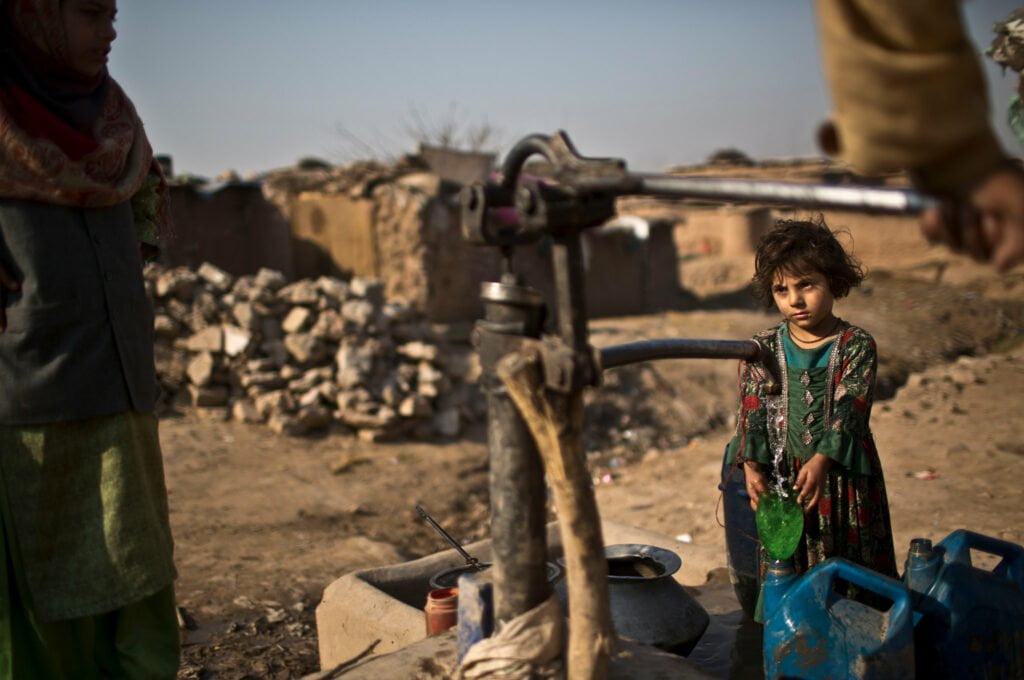
Additionally, there has been a notable improvement in the availability of essential hygiene services. The proportion of households with access to these services has increased from 67% to 75%. Consequently, more households are now provided with the opportunity to utilise amenities and provisions that facilitate the adoption of proper hygiene protocols, such as the availability of handwashing stations and the dissemination of hygiene-related knowledge.
Yet, in order to meet the target set by the Sustainable Development Goals for universal access to safely managed drinking water, sanitation, and basic hygiene services by 2030, it will be necessary to accelerate the current rates of progress significantly. As mentioned in the report, a six-fold increase in progress is needed for safely managed drinking water, a five-fold increase for safely managed sanitation, and a three-fold increase for basic hygiene services.
Efforts to promote gender equality in water, sanitation, and hygiene (WASH) require additional attention. It is crucial to incorporate gender considerations into WASH programs and policies, as well as to collect and analyse data to allow for a deeper understanding of the unique challenges faced by women, girls, and other vulnerable groups. By doing so, targeted interventions can be developed to address the specific needs of women and girls and ensure that progress in the WASH sector is inclusive and equitable.
